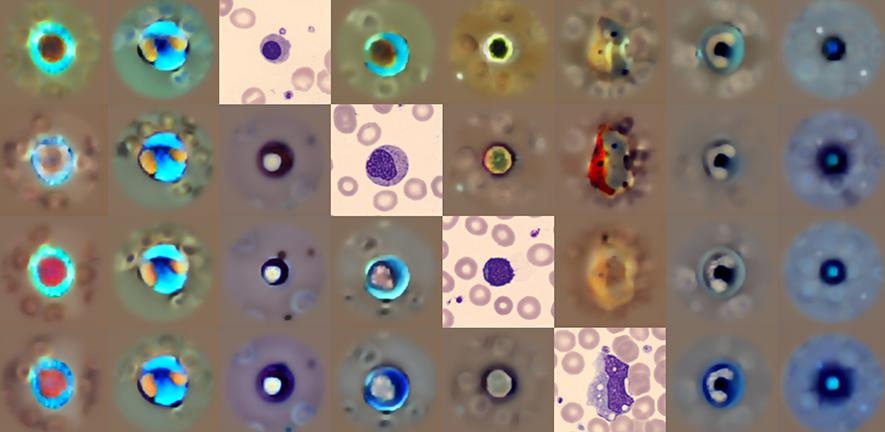New Diagnostic Criteria for Breast Cancer Could Lead to Fewer Benign Biopsies
Posted on 25 Jul 2025
Dense calcifications are very common in breast tissue and are easily visible on mammograms, which doctors use to classify them as benign, probably benign, or suspicious. However, most biopsies of spots deemed suspicious end up being benign, meaning patients often undergo unnecessary and painful procedures. The challenge lies in distinguishing benign breast disease (BBD) from ductal carcinoma in situ (DCIS), as their calcium phosphate deposits often appear identical on imaging. The inability to make precise distinctions has led to overdiagnosis and overtreatment. Now, a new study has provided detailed descriptions of how calcifications form in breast tissue, revealing key differences between benign and cancerous formations and offering insights that could guide improved diagnostic criteria.
In the study, researchers at the University of Illinois Urbana-Champaign (Urbana, IL, USA) and Mayo Clinic (Rochester, MN, USA) used 12 different analytical techniques—including light, laser, and electron microscopy as well as X-ray and Raman spectroscopy—to examine tissue samples of BBD and DCIS that had been surgically removed in a long-term Mayo Clinic study. Their approach integrated expertise in geology, cancer biology, and microscopy, forming a multidisciplinary framework termed “GeoBioMed.” This holistic strategy enabled the researchers to uncover mineral characteristics of the calcifications that had been overlooked by traditional methods.

The study found that the deposits were made of amorphous calcium phosphate (ACP), not the previously assumed crystalline hydroxyapatite. These ACP structures formed through a process of coalescing spherules into nodules, which then incorporated proteins, waxes, cholesterol, and even entombed cells. BBD nodules were more spherical and had concentric layers, whereas cancerous calcifications were more elongated, irregular, and in some cases resembled fossilization. Published in Scientific Reports, the research introduces a new classification scheme and suggests that drugs known to dissolve ACP could be repurposed for treatment, potentially preventing unnecessary biopsies. The team now plans to study calcifications in invasive breast cancer and explore therapeutic testing using their experimental GeoBioCell microfluidic device.
“Our aim is to predict and ultimately prevent breast calcifications, reduce inaccurate mammogram diagnoses and lay a framework for therapy development,” said Professor Bruce Fouke from the University of Illinois Urbana-Champaign.
Related Links:
University of Illinois Urbana-Champaign
Mayo Clinic














